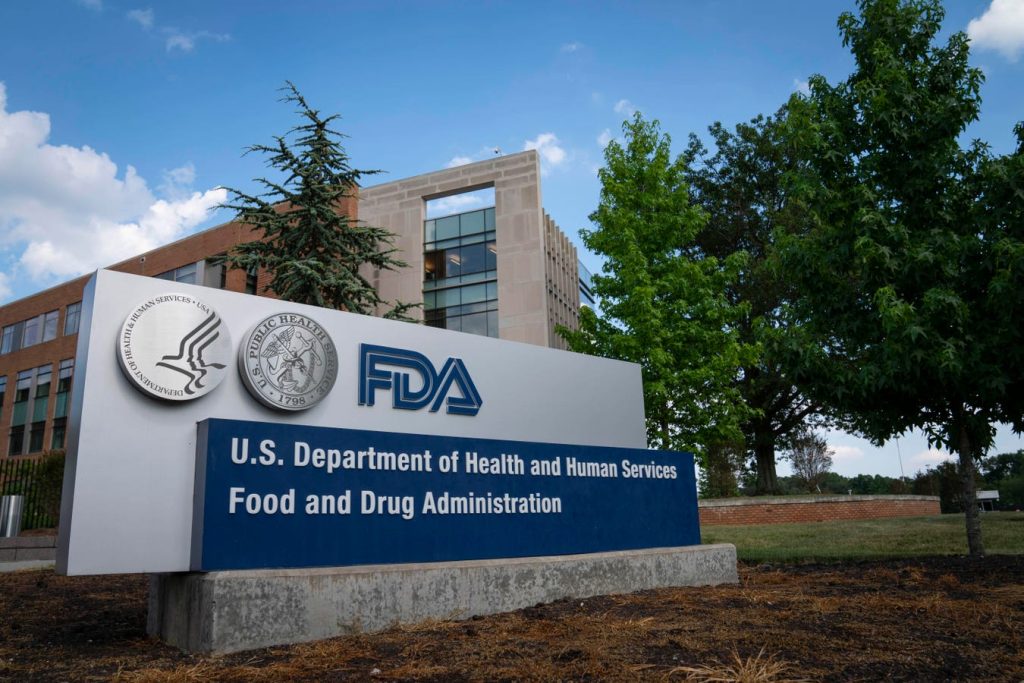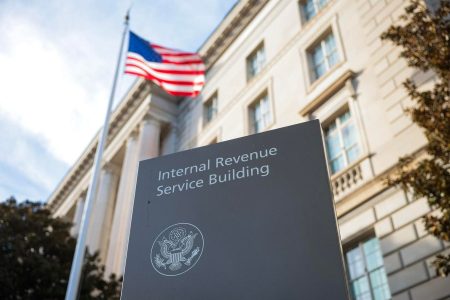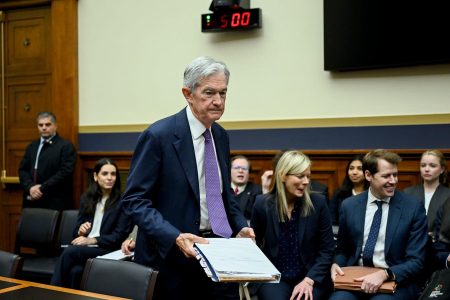The Food and Drug Administration’s (FDA) recent ban on Red No. 3 in ingested products marks a significant step towards a potentially healthier food landscape. While the ban, effective January 2027, signals a move towards increased regulation of artificial food dyes, it also highlights the continued presence of eight other synthetic dyes in the American food supply. These dyes, often derived from petroleum-based chemicals, raise concerns about potential health risks and fuel the ongoing debate surrounding their use. This ban, coupled with a possible shift in regulatory priorities under a potential Robert F. Kennedy Jr. administration, could signify a turning point for the food industry.
Artificial food dyes have been a staple in the processed food industry for decades, primarily used to enhance the visual appeal of products. However, mounting scientific evidence suggests a link between these dyes and adverse health effects, ranging from hyperactivity and ADHD in children to more serious conditions like cancer. This growing body of research, combined with increasing consumer awareness and demand for healthier options, is placing pressure on food companies to reformulate their products. While some companies have made pledges to remove artificial colors, the reality is that many popular food items continue to contain these synthetic additives.
The eight remaining approved synthetic dyes, including Red 40, Yellow 5, and Yellow 6, represent the vast majority of dyes used in U.S. food products. These dyes are prevalent in brightly colored processed foods, particularly those marketed to children, such as candies, fruit snacks, and sugary cereals. Companies like Mars, the manufacturer of Skittles, M&Ms, and Starburst, utilize a variety of these dyes in their products. Publicly traded companies like General Mills and Kellogg’s also continue to use synthetic dyes in cereals like Trix, Lucky Charms, Froot Loops, and Apple Jacks, despite past commitments to phase them out. The continued use of these dyes underscores the tension between consumer demand for healthier options and the industry’s reliance on these additives for product appeal and potentially cost-effectiveness.
The manufacturing of synthetic food dyes constitutes a significant industry in itself, with companies like Sensient Technologies Corporation, Archer Daniels Midland, and DowDuPont among the key players. While the exact percentage of their sales attributable to synthetic dyes remains undisclosed, the FDA’s ban on Red No. 3 and the potential for further regulatory action could have a tangible impact on these companies’ bottom lines. The industry is likely watching closely as consumer preferences and regulatory scrutiny intensify.
The potential nomination of Robert F. Kennedy Jr. to a key administrative position further complicates the future of synthetic dyes in the food supply. Kennedy’s known stance on environmental health and consumer protection suggests a greater emphasis on scrutinizing the safety of food additives. This potential shift in regulatory focus could lead to stricter regulations or even further bans on synthetic dyes, prompting food companies to accelerate their search for viable alternatives. The confluence of consumer pressure, scientific evidence, and potential regulatory changes creates a dynamic landscape for the food industry.
In conclusion, the FDA’s ban on Red No. 3 serves as a catalyst for change within the food industry. While eight synthetic dyes remain approved for use, the increasing consumer demand for healthier products, alongside mounting scientific evidence linking these dyes to potential health risks, suggests that the status quo is unlikely to hold. The looming possibility of stricter regulations under a potential Kennedy administration adds another layer of complexity. Food manufacturers face a crucial juncture, needing to adapt to evolving consumer preferences and potential regulatory changes while balancing cost considerations and product appeal. The future of artificial food dyes hangs in the balance, and the industry’s response will significantly shape the landscape of processed foods in the years to come.










